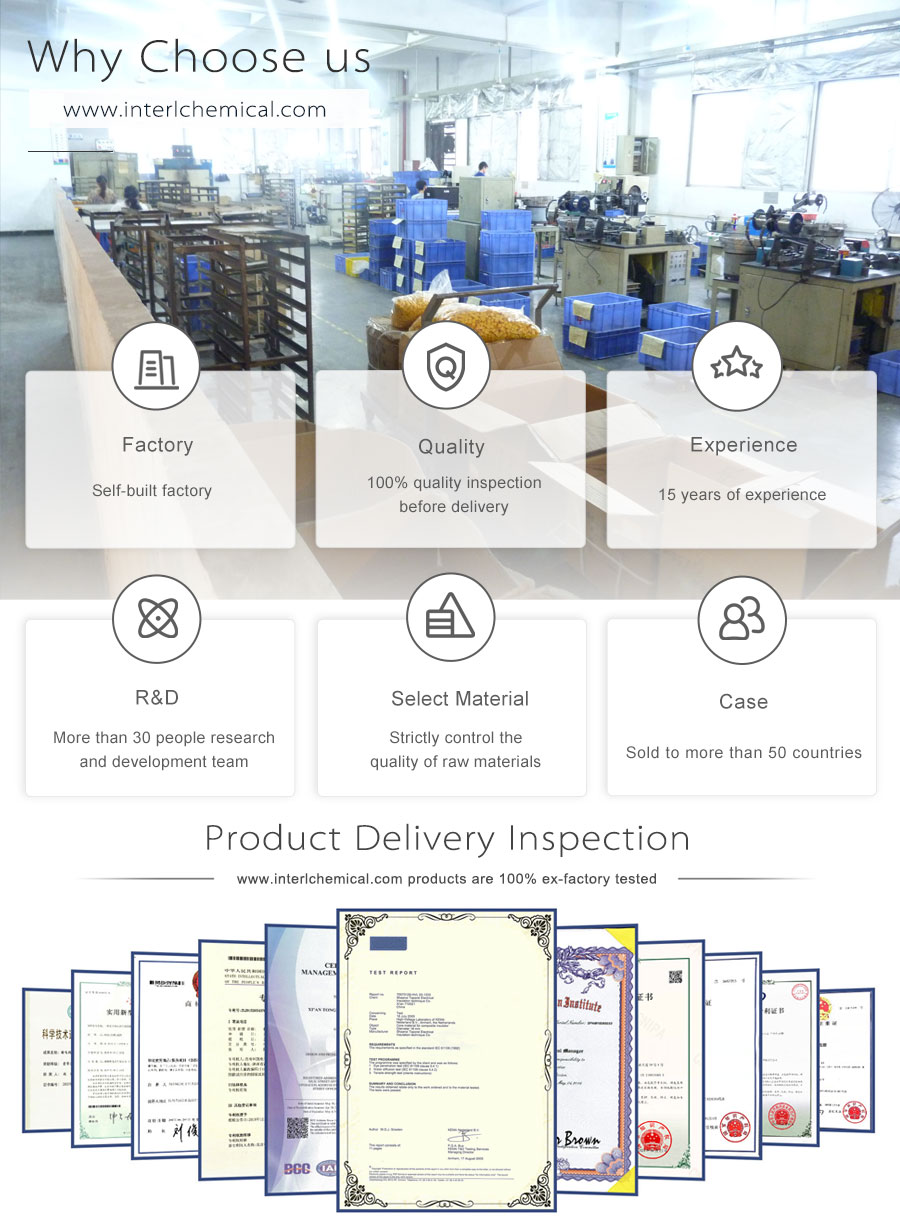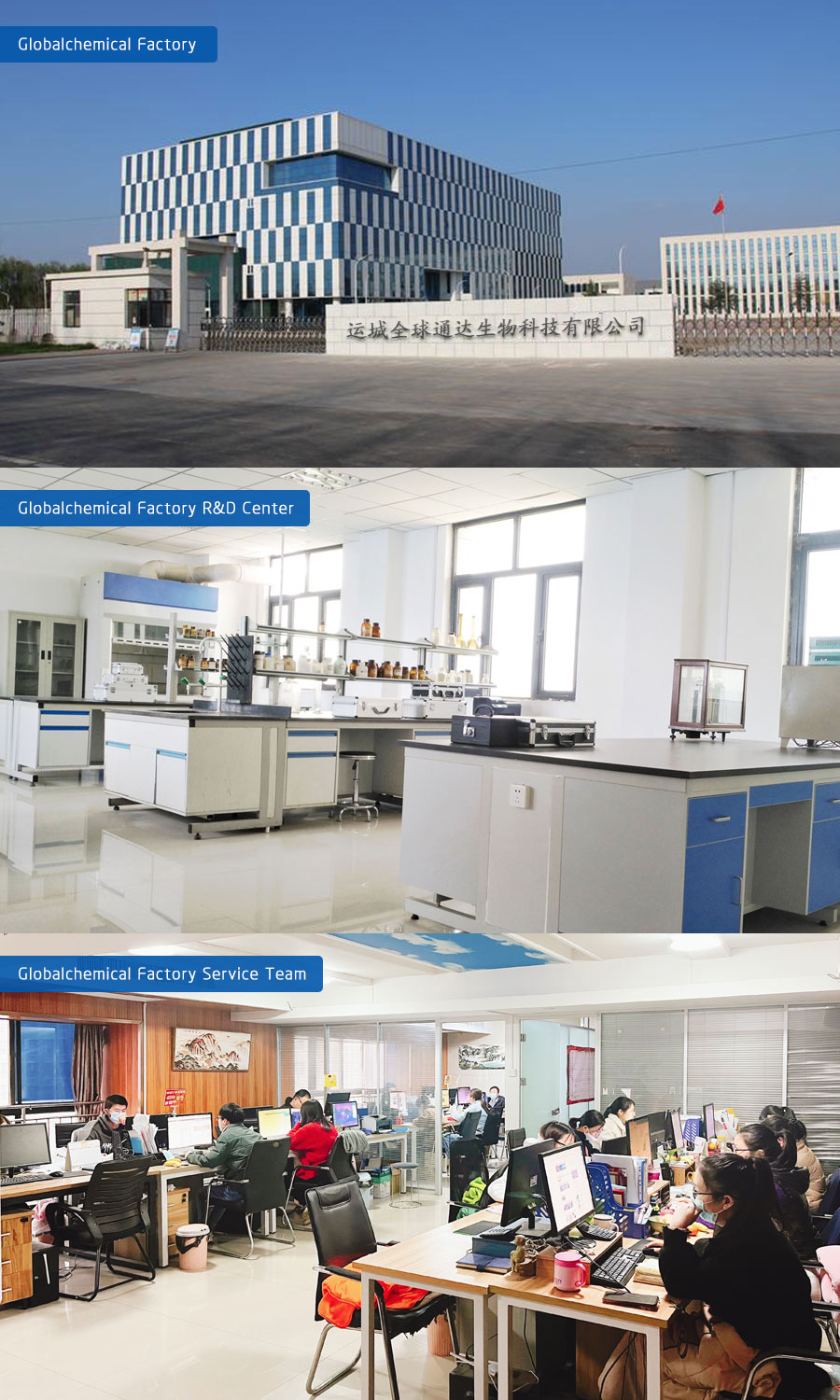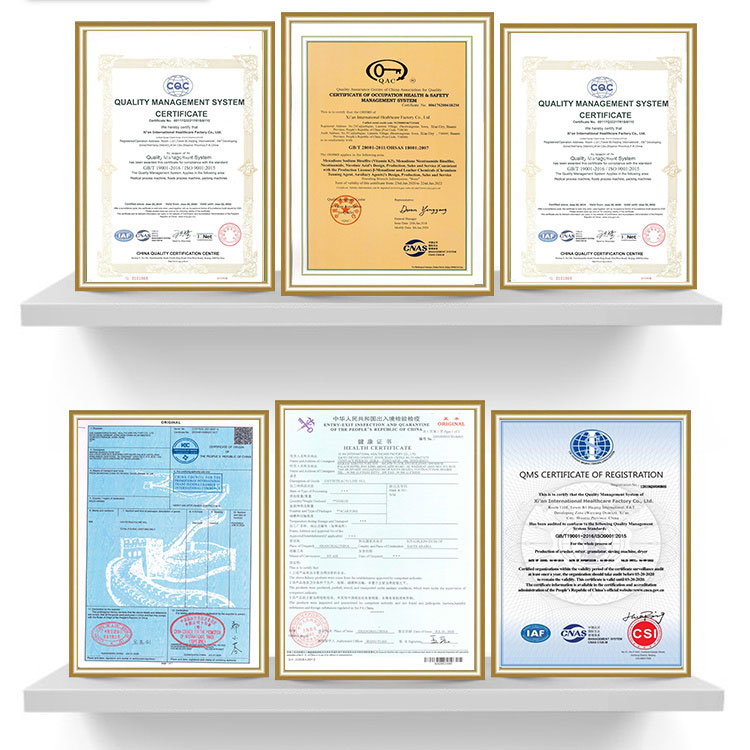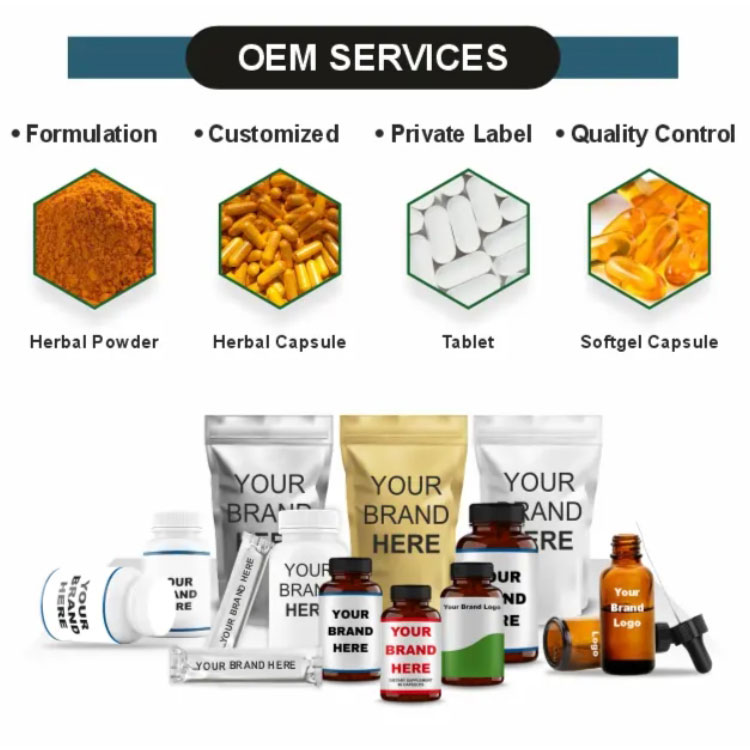Phone: 86-29-89601602
Mail: sales27@interlgroup.com
Add: Room 305 , 3/F , Haipai Decoration Office Building , Yudu Avenue , Yuncheng , Shanxi
DL-Dithiothreitol powder Raw Materials CAS 3483-12-3 with Low Price
Product Overview:
DL-Dithiothreitol powder is a small molecule organic reducing agent with the chemical formula C4H10O2S2, which is mainly used in the field of biotechnology as a protein cracking reagent. DL-Dithiothreitol CAS 3483-12-3 is a commonly used reducing agent, also known as dimercaptothreitol (DTT for short), with strong reducing property. DL-Dithiothreitol Raw Materials have antioxidant effects, which can protect the reducing groups on the enzyme molecules. Maintain reducing environment and stabilize enzyme activity.
DL-Dithiothreitol powder Raw Materials CAS 3483-12-3 with Low Price Attributes
DL-Dithiothreitol powder Raw Materials CAS 3483-12-3 with Low Price
CAS:3483-12-3
MF:C4H10O2S2
MW:154.25
EINECS:222-468-7
Specification:99% min DL-Dithiothreitol powder
Sample:DL-Dithiothreitol powder
Appearance:white powder
Storage: Cool Dry Place
Brand: Ausreson
Shelf Life: 2 Years
Test Method: HPLC
DL-Dithiothreitol powder Raw Materials CAS 3483-12-3 with Low Price Details
Uses and synthesis of DL-Dithiothreitol powder
DL-Dithiothreitol powder is a small molecule organic reducing agent with the chemical formula C4H10O2S2, which is mainly used in the field of biotechnology as a protein cracking reagent. DL-Dithiothreitol CAS 3483-12-3 is a commonly used reducing agent, also known as dimercaptothreitol (DTT for short), with strong reducing property. DL-Dithiothreitol Raw Materials have antioxidant effects, which can protect the reducing groups on the enzyme molecules. Maintain reducing environment and stabilize enzyme activity.
Functions of DL-Dithiothreitol powder
DL-Dithiothreitol powder is mainly used in the biotechnology field as a protein cracking reagent. DL-Dithiothreitol CAS 3483-12-3 has antioxidant effects, which can protect the reducing groups on the enzyme molecules, maintain the reducing environment, and stabilize the activity of the enzyme.Pharmacological Action of DL-Dithiothreitol powder.
The main pharmacological effects of DL-dithiothreitol (DTT) stem from its ability to act as a powerful reducing agent. Its core mechanism is:
Reducing disulfide bonds: DTT is able to effectively break disulfide bonds (-S-S-) in proteins and other biomolecules. This is achieved through a two-step thiol-disulfide exchange reaction. The two thiol groups (-SH) of DTT first form mixed disulfides with the target molecule, and then DTT undergoes intramolecular cyclization to form a stable six-membered ring disulfide, which drives the reaction to completion, leaving the reduced thiol group. Due to the stability of its cyclic oxidation product, DTT has a stronger reducing power than monothiol reducing agents (such as β-mercaptoethanol) and requires lower concentrations.
Protecting thiol groups: By reversibly forming disulfides, DTT can protect free thiol groups in proteins and other molecules from oxidation, thereby maintaining their activity and function.
Effects on protein structure and function: By reducing disulfide bonds, DTT can change the secondary, tertiary, and quaternary structures of proteins, leading to protein denaturation or conformational changes. This is used to linearize proteins in experiments such as protein electrophoresis (SDS-PAGE).
Antioxidant effect: DTT can scavenge certain oxidants and play a certain antioxidant role, although its main function is to maintain a reducing environment.
Effects on enzyme activity: DTT can stabilize some enzymes by maintaining the reduced state of the thiol groups necessary in the enzyme active site. Conversely, for enzymes that rely on disulfide bonds to maintain their structure, DTT may inhibit their activity.
Cell permeability: DTT can penetrate cell membranes and play a reducing role inside cells.

Product method of DL-Dithiothreitol powder.
1. Synthesis method using butanediol as starting material:
1,4-Butanediol first reacts with bromine to produce 2,3-dibromo-1,4-butanediol.
Hydrolysis under base catalysis gives epoxide (dioxirane).
Addition reaction with thioacetic acid gives dithiothreitol diacetate.
Finally, hydrolysis removes the acetyl group to give DTT.
2. Synthesis method using threitol as starting material (historical method):
Threitol (a four-carbon sugar alcohol) is used as the starting material.
Early methods involved oxidation of threitol with potassium permanganate, followed by reaction with thioacetic acid, and finally hydrolysis to give DTT.
3. Synthesis method using dimethyl tartrate as starting material (modern improved method):
The hydroxyl group of dimethyl tartrate is first protected.
The ester group is reduced to an alcohol.
Reaction with sulfonyl chloride gives a sulfonate.
Reaction with thioacetic acid introduces a sulfur atom.
Finally, the protecting group is removed to obtain DTT. This method usually has higher yield and purity.
4. Other methods:
There are also reports of using sodium hydrosulfide, formaldehyde and catalyst to react to generate DTT, involving acidification, extraction and crystallization steps for purification.











